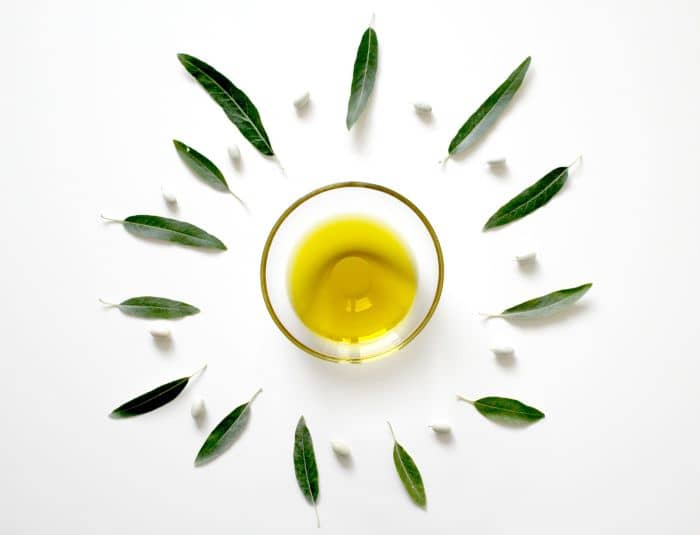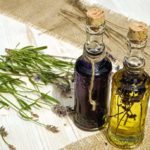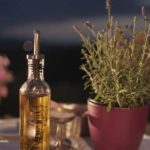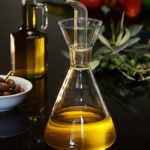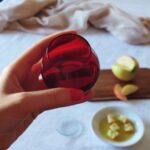This post is also available in:
![]() Español (Spanish)
Español (Spanish) ![]() Nederlands (Dutch)
Nederlands (Dutch) ![]() Français (French)
Français (French) ![]() Deutsch (German)
Deutsch (German) ![]() Português (Portuguese (Portugal))
Português (Portuguese (Portugal))
Typically, the olivar can be simplified as a system (agrosystem) where inputs, transfers and outputs of energy and matter occur. There is no doubt that the input of energy is provided by the sun. This transforms the matter provided to obtain vegetative growth in the tree. In this way, it will give that precious fruit which are the olives, from which we will extract the precious liquid gold. It is the how and how much of this material provided, and that is done with the remains of everything that is not oil, where good management and involvement with the environment are key. Therefore, in La Verea Andaluza we have a closed cycle for the production of our Ecological EVOO.
Closing cycles pays off
.
First of all, in the La Verea Andaluza farm, the main agricultural input of olivar (nitrogen) is provided by planting red clover which is produced by carbon fixation, which occurs during the growth of the plant, and atmospheric nitrogen, which is fixed in the roots. Just by sowing 25 kg of this clover seed, we obtain better and more sustainable results than if we were to generate thousands of tonnes of CO2 in the transport of organic fertilisers to the olivar. Using nature to obtain our oil and also improving the environment in our wake is a real joy. Secondly, huge quantities of organic matter are also produced when the olivar is pruned. All this material is returned to the soil by shredding. In this way, it is reintroduced into the system for use. And thirdly, the most important and the reason why we are here: oil. Generally, the useful fat yield of an olive, i.e. the amount of olive that is usable oil, is between 17% and 25%. So, for every kilo of olive collected, only 170 grams are oil. The rest of the material is called alperujo. 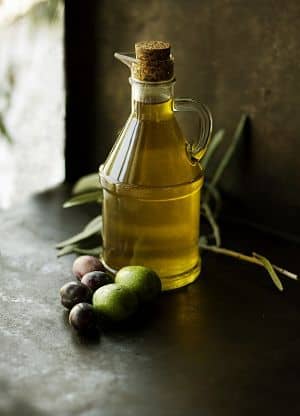
Agrosistema is the closed cycle of organic EVOO.
What happens to the alperujo?
?
Originally, a final extraction of oil took place by means of physical-chemical processes. This is how the pomace oil was extracted (which could later be used for foodstuffs) and a by-product called alpechín (the Latin name is amurca) was obtained. Until the mid-1980s, the alpechín evaporation ponds were a serious environmental pollution problem. Subsequently, this by-product was used for energy recovery, as it was used as fuel, but the great leap forward came with the composting (alone or with olive leaf) of this material. It was shown to be highly nutritious as fertiliser for the olivar soil itself. And so we achieved the closed cycle of the system, turning a big problem into the great nutritional solution of the olivar and, therefore, of the Ecological EVOO that we produce.
The Agrosystem of our Organic EVOO
.
Did you know that this closed cycle of the agrosystem existed? Do you like the way we work? You can ask us questions and share it if you want to
